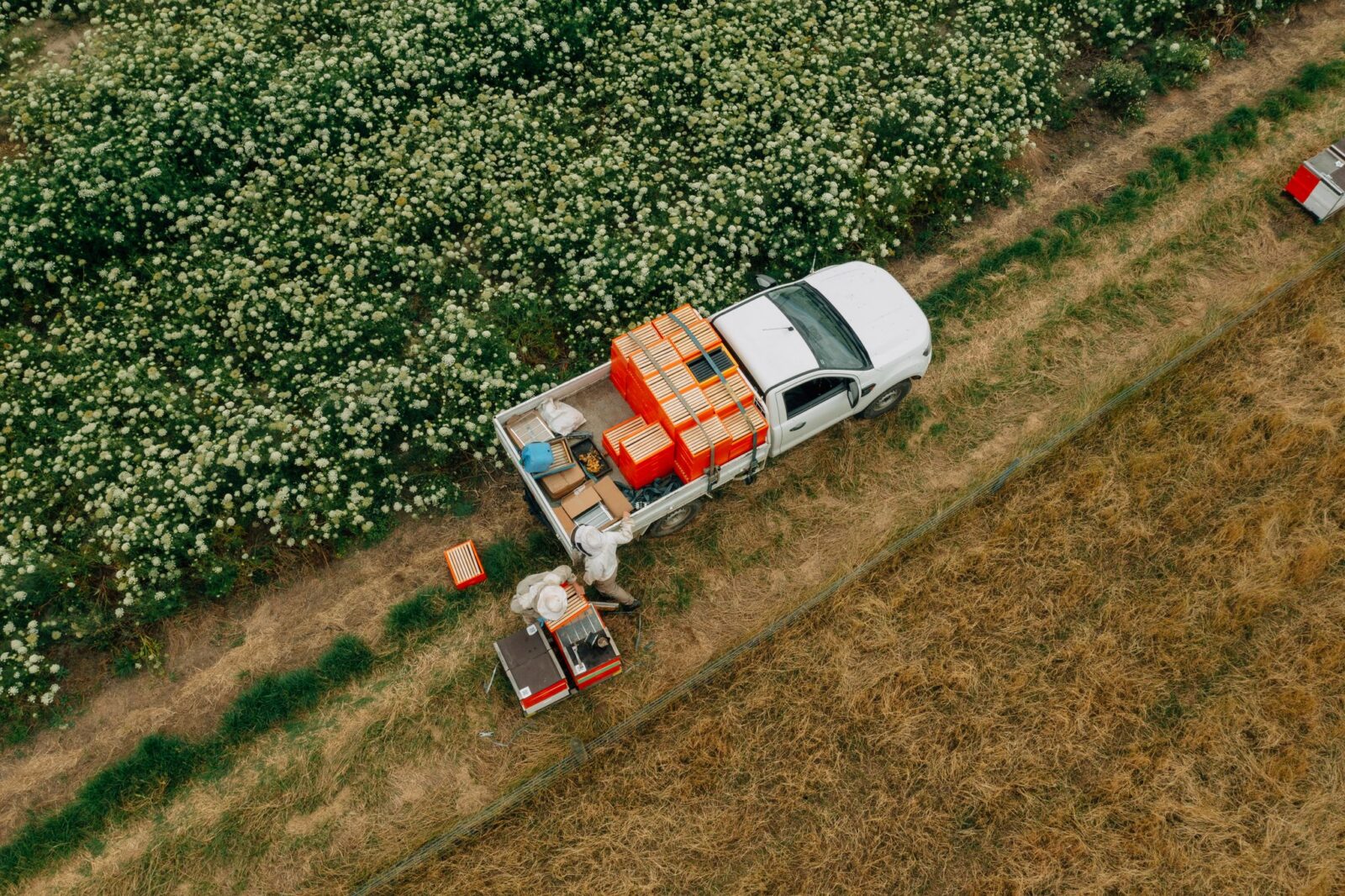Australia’s thoroughbred breeding industry valued at $1.68 billion

 HONEY BEE & POLLINATION / Monday, 11 November 2024
HONEY BEE & POLLINATION / Monday, 11 November 2024 
This Australian Pollinator Week, from 9 to 17 November we’re celebrating their hard work by showcasing the value that honey bees bring to the agriculture sector as well as the research, development and extension (RD&E) projects that have contributed to this vibrant industry.
AgriFutures Honey Bee & Pollination Program Manager James Holding said the economic contribution of honey bee pollination to Australian crop production is enormous.
“Honey bee pollination contributes approximately $4.6 billion to crop production in this country and the value of crops grown in Australia that are at least partially reliant on honey bee pollination is $12.9 billion.
“From almonds to avocados, watermelons and mangos, honey bees are vital for the pollination and production of many of our favourite foods,” Mr Holding said.
“Bees are also the unsung heroes of broadacre crops such as cotton, canola and lucerne.”
Mr Holding said research has also shown a clear buzz around recreational beekeeping, with recreational hives increasing from 140,430 in 2019 to 235,555 today.
“There are a few key drivers behind these soaring numbers including the increased awareness around the importance of honey bees, the uptake of new hobbies during the COVID-19 pandemic and previously unrecorded hobbyists registering in response to government requests post the 2022 varroa mite incursion.” Mr Holding said.
Mr Holding noted that the Program has undertaken a range of research in the pollination space over the years, including the recently completed Value of Pollination in the Australian Economy, Size and Scope of the Honey Bee & Pollination Industry, the Impacts of Prescribed Burning on the Honey Bee and Pollination Industries, and the Clover4Bees Pilot Study.
“These projects build on the foundation of many prior research projects that investigated pollination and a range of other key topics covering pests and disease management, nutrition, genetic improvement, floral resources and more,” James said.
“Many years of research and collaborations have helped to build the industry we have today, and it’s important to reflect on the importance of the humble, yet vital honey bee.”
AgriFutures Honey Bee & Pollination Program continues to support the industry through investing in RD&E that fosters a more productive, sustainable and profitable Australian beekeeping industry and secures the pollination of Australia’s horticultural and agricultural crops. Current focus areas of the Program are to:
Learn more about the AgriFutures Honey Bee & Pollination Program
Find an event near you by visiting the Australian Pollinator Week website.
Facts about honey bee and pollination in Australia:
Want more facts about honey bee and pollination in Australia? Read The buzz of the nation: The European honey bee and its remarkable impact on Australian agriculture.
ENDS
Media contact
Ellie McCarthy, Denstu Creative PR
E:
M: +61499355439
 THOROUGHBRED HORSES / 11.11.24
THOROUGHBRED HORSES / 11.11.24  THOROUGHBRED HORSES / 11.11.24
THOROUGHBRED HORSES / 11.11.24  CHICKEN MEAT / 11.11.24
CHICKEN MEAT / 11.11.24  WORKFORCE AND LEADERSHIP / 11.11.24
WORKFORCE AND LEADERSHIP / 11.11.24